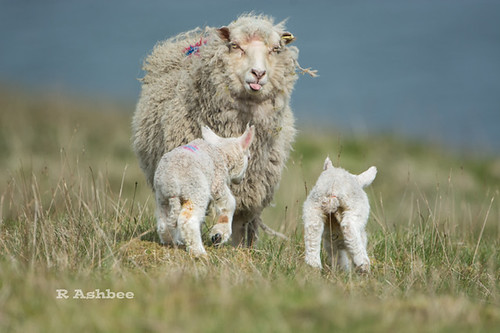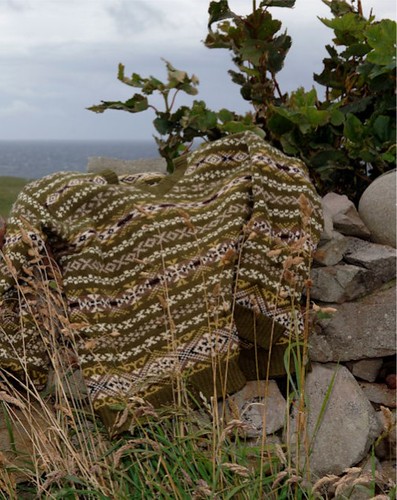
A new sheep blend adventure ! Shetland dream!
Happy Friday ! The last Friday of August! Can you imagine!?! This year is flying by at lightning speed!
This week has been super busy here! Again..lol Thankfully I am almost over the remnants of the flu that have been haunting me for the last three weeks! For two weeks I could hardly do anything, definitely not dyeing and standing over dye pots all day like I am used to, which put a huge pressure on me because the august clubs had to be sent out! A bit of a delay there for that reason, but I am happy to say that all the clubs were shipped last Tuesday morning. I have put a teaser up on my socials and on my YouTube channel ( I am Ixchelbunny there too..surprise surprise…lol)
After all the dyeing and carding and packing of the August clubs, I immediately got started on dyeing the adventure I have on offer for you today! You can immediately tell by the new colourway names what I have been inspired by and reading during the time I could hardly do anything but…read …and you will know exactly what I’ve been up to…yes… Terry Pratchett’s Discworld…and watching Good Omens series 2. What an inspiration it obviously was.
here are some previews:







Here is the link if you want to order your own Shetland adventure : https://www.shetlandwoolweek.com/annual/

Shetland has something that makes it truly stand out amongst other places - there’s a rich, vibrant knitting, spinning and textile scene and the industry has been revitalized in the last decade. People care more about the provenance of their clothing, are interested in hand made and the stories that it holds. A decade ago, not many people would have imagined that knitting and spinning would go through such an incredible resurgence and that Shetland and Shetland sheep would once again become a very important place.
Sheep have lived on the Shetland Islands for well over 1,000 years, adapting to the harsh environment and thriving in the cold, wet climate.
The sheep of Shetland were an important part of subsistence agriculture of the islands, and the rugged habitat and geographical isolation produced a breed that is distinct and significant. The Shetland breed likely descends from ancient Scandinavian sheep, and it is a member of the northern short tailed sheep breed family. Historically, only a few Shetland sheep were exported, and it was not until recently that large populations were established on the British mainland and in other countries. Though fleece continues to be the breed’s primary product today,
Shetland sheep are fine boned and small in size. Rams weigh 90–125 pounds, and ewes weigh 75–100 pounds. Most rams have spiraled horns, while most ewes are polled. Shetland sheep are calm and charming in disposition, docile, and intelligent. The Shetland breed is especially prized for its wool, which is fine, soft, and strong. Fleeces average two to four pounds and vary in crimp from wavy to straight. Other characteristics of the fleece vary according to recent selection history.
Populations of Shetlands in Britain, for example, have been selected for more standardized characteristics. These sheep tend to be single coated with fiber diameter averages of 23 microns and staple lengths of two to five inches.
Landrace populations, such as those on the island of Foula, include a greater range of fleece types. These sheep may be double coated, with coarser outer wool of 30-40 microns and finer inner coat wool of 12-20 microns.
Eleven colors and thirty color patterns are recognized in the Shetland breed. This diversity is a great asset both to the breed and to the fiber artisans who enjoy using its fleeces. A few importations of Shetland sheep are documented in North America during the past two centuries. For example, Thomas Jefferson, owned a small flock of Shetland sheep at Monticello. None of the historic flocks, however, survived as purebred populations. Most Shetland sheep in North America descend from a 1980 importation of 32 sheep by the late G.D. Dailley of Ontario, Canada.
Unfortunately there are no Shetland Sheep in Australia. I have been very fortunate to secure this supersoft batch of 18,4 micron Shetland which is truly extraordinary to spin, felt, knit and wear.






















